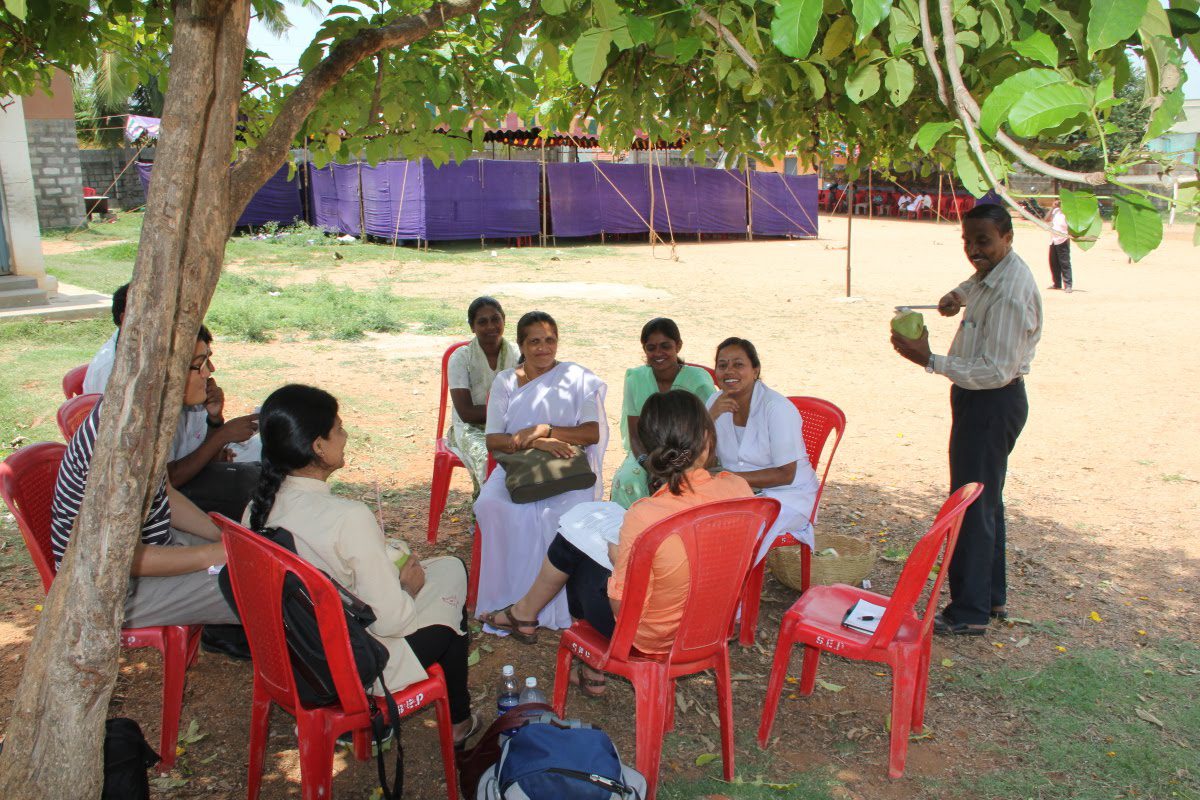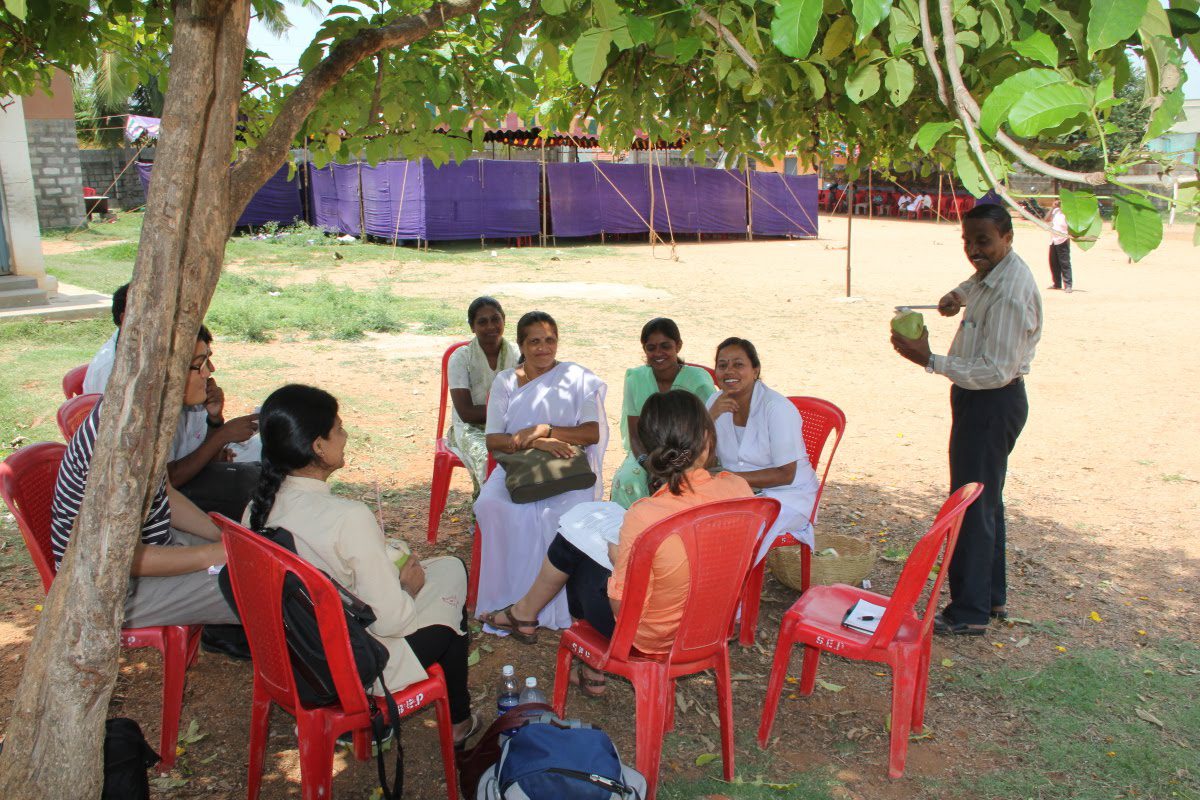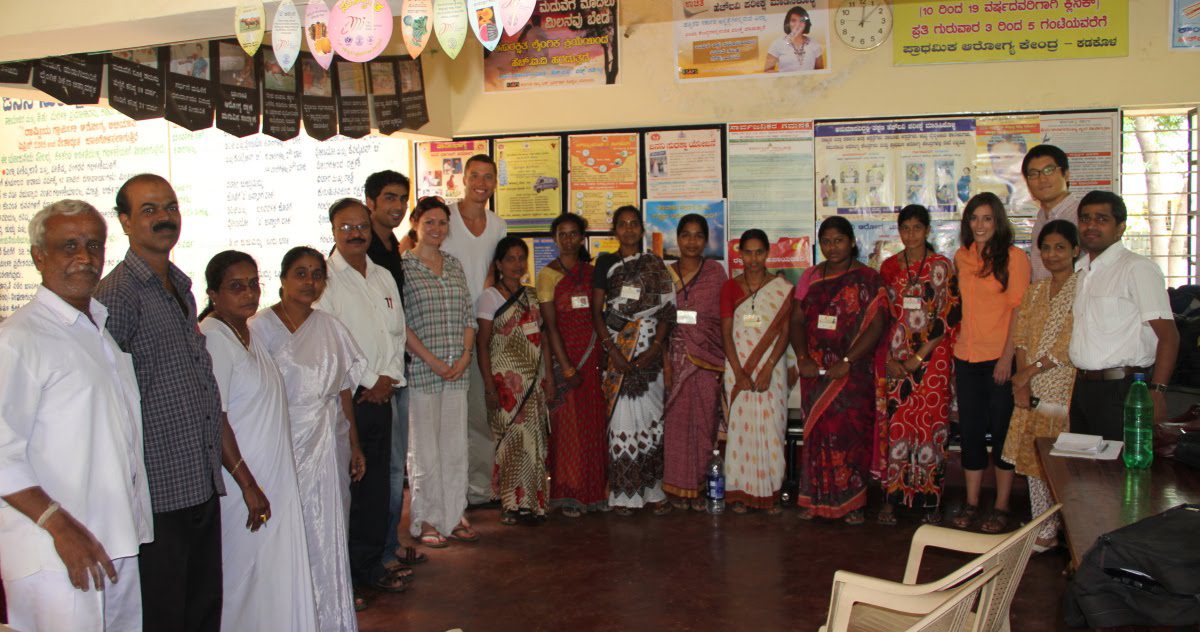Observations from Bangalore
After 2.5 weeks in India, I’m slowly starting to get used to life here. Just like the developing countries I have worked in before, it always takes some time to get used to the differences in expectations and attitudes. Take, for example, getting from A to B in a city like Bangalore. In principle, it would take 30 minutes. However, I have gotten accustomed to reserving 1.5 hours for this transfer. Naturally, the driver will be late by at least 15 minutes, it will take him another 15 minutes to decipher the destination, 45 minutes to drive through traffic (honking away as if his life depended on it), and another 15 minutes to actually find the address, which is usually done by asking on average 5 people along the way.
But, city life in India is vastly different from rural life. I have been lucky to have spent the first two weeks of my project doing field work in Mysore. Not only is this India’s second cleanest city, it is the perfect hub to explore wildlife parks in the weekend. Actually, make that “weekend day”; working with the government means taking a one-day weekend, followed by a 2-day weekend. The past weekend, I spent in Chickmagalur and slept in a ‘safari-tent’ tucked away in the jungle amidst hilly coffee plantations. Away from any TV, internet, or any other contact with the outside world for that matter, I joined the team in a two-day return to nature. The owner of the plantation – a fourth generation coffee planter – showed us the hidden spots and the great lookouts. From the highest peak in the area, I only saw greenery for as far as I could see. It made me wonder… why do people here live so close together in the city with all this amazing nature so close by.
Of course, I do much more than just relax in ‘Incredible India’. During the field work, the team traveled to rural PHCs (Primary Health Centers) and interviewed close to 40 staff and field workers. PHCs are part of the government healthcare system and vary highly in the level of infrastructure and services provided. Some PHCs suffer from daily power outages lasting up to 18 hours.
What struck me most, though, is the friendliness of the staff at these centers and those working in the field. Despite having a line of patients waiting to be attended, the staff gladly spent time with the team sharing their daily challenges and experiences with technology (they all received computers, but hardly know how to use them or are not connected to the internet). Especially enduring were the field workers (ANMs and ASHAs), generally known as ‘Community Health Workers’. I could not help but admire their passion for helping the local patients and mothers regardless of salary. I have been taught in business school that people need incentives to work, but these health workers disprove this point. Using a basic fund – sometimes not actually paid out we found – they need to scramble their own supplies and find their own transportation to visit patients and transport them to treatment units. Over time, they have been burdened with additional ‘process work’ without additional pay and they just keep on doing it. I’m amazed, but at the same time concerned. Our project is looking into developing a mobile health solution to improve the quality of mother and child healthcare. No matter how you look at it, those very health workers will have to use this mHealth solution. Unless we can find a way to reward these workers for taking on yet another task and learn new skills, I am doubtful that the full potential of such mHealth solution will be reached.
—Hans Lintermans



